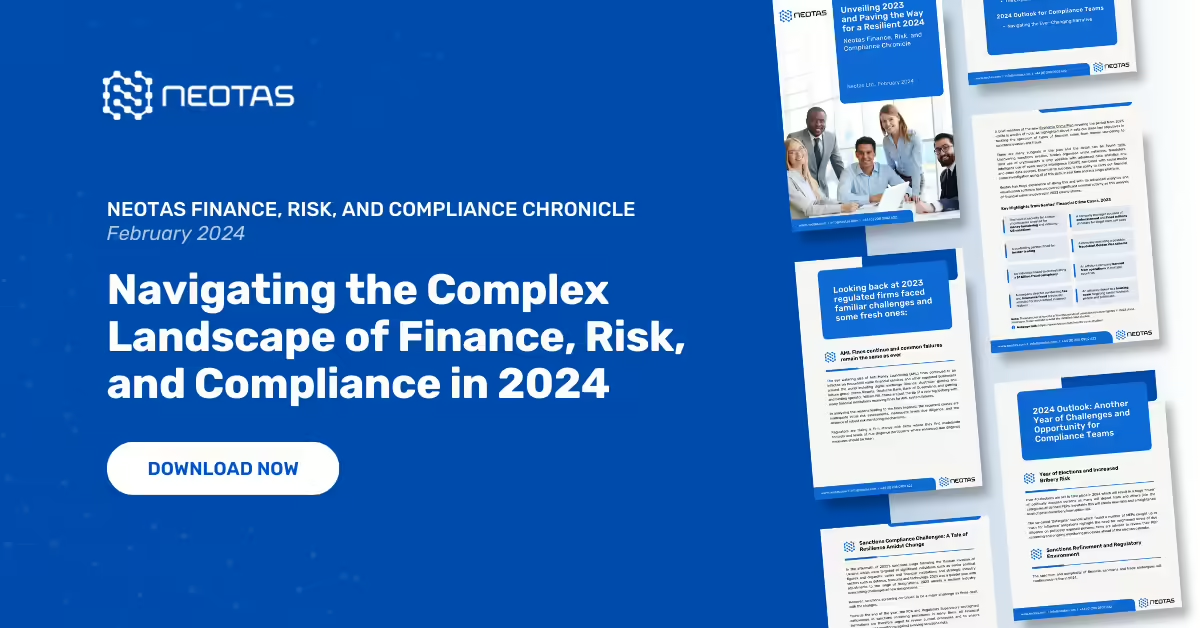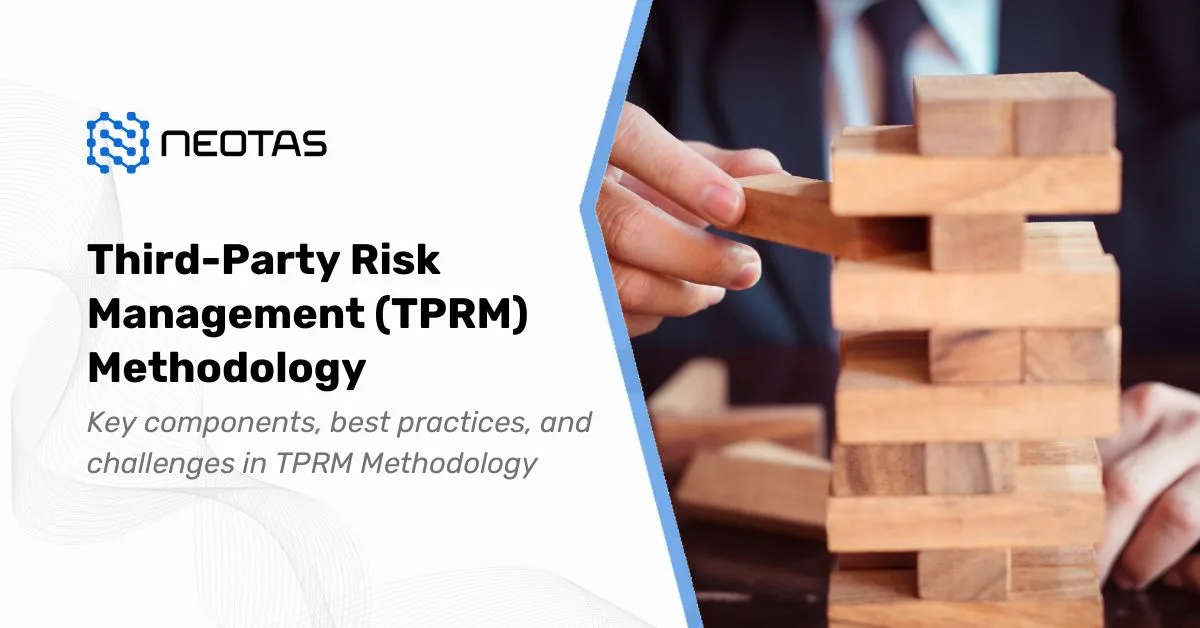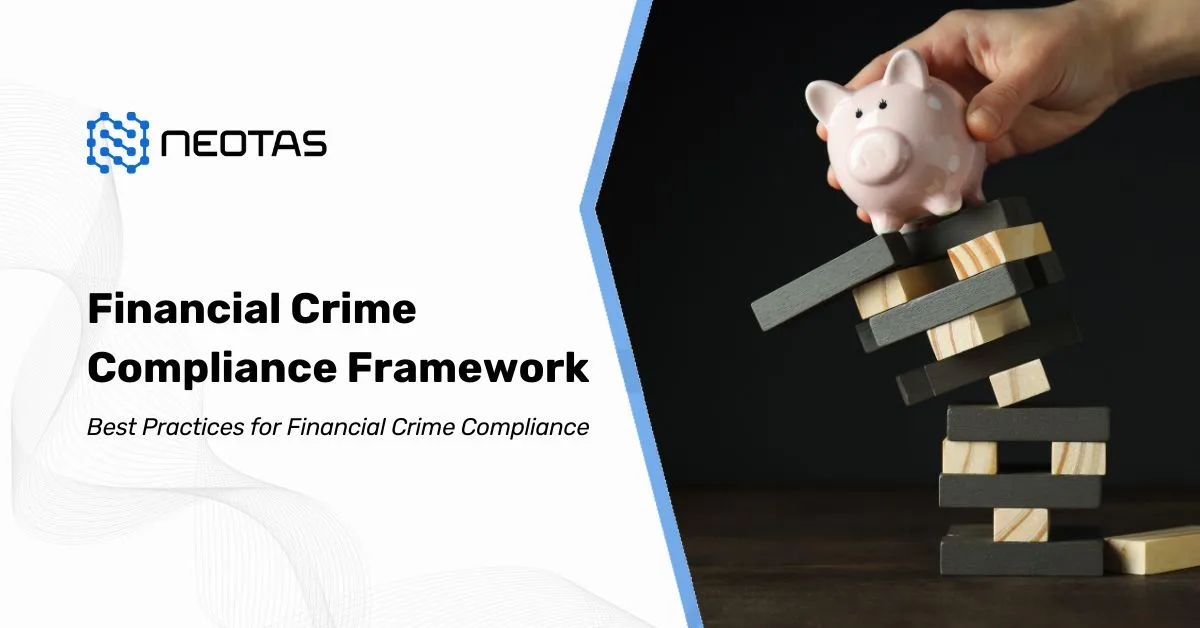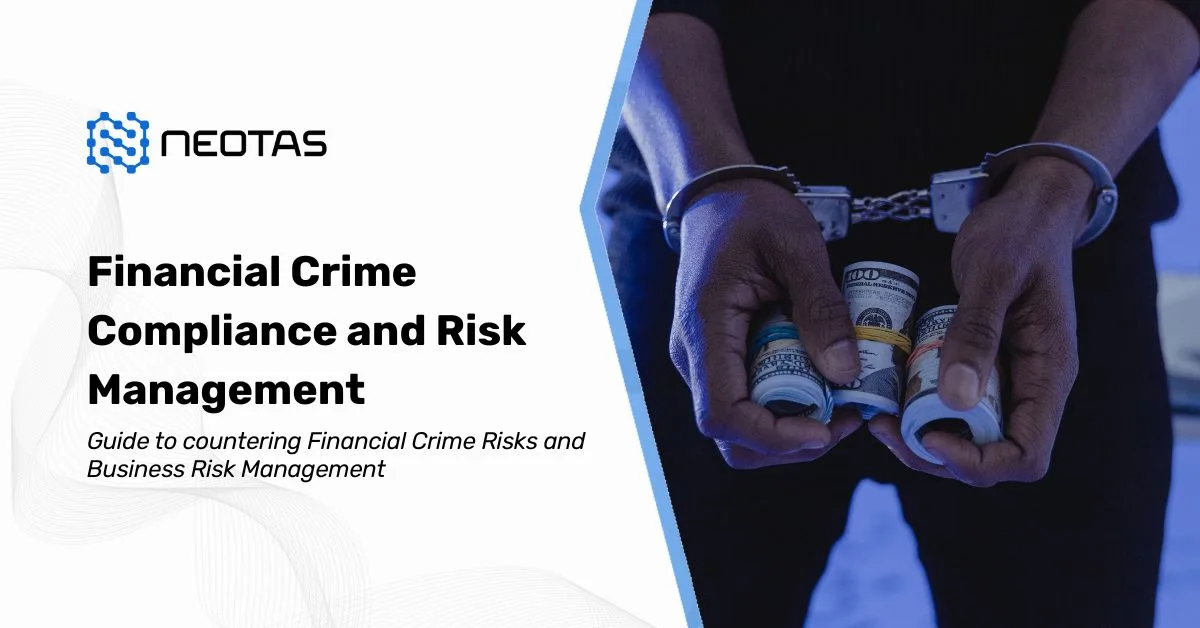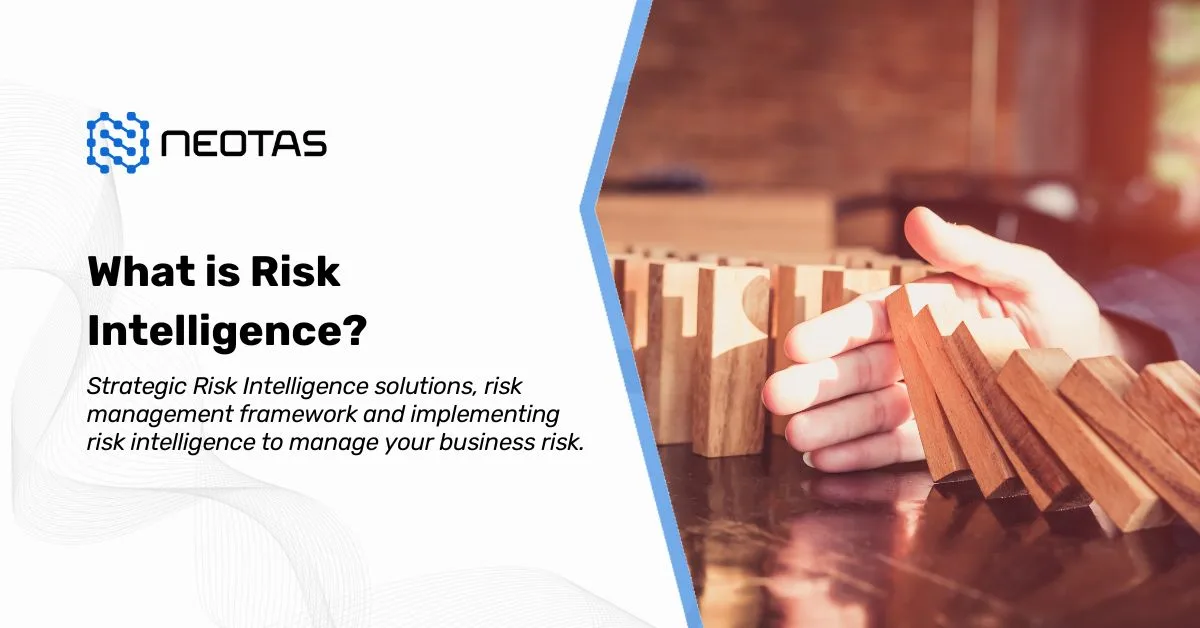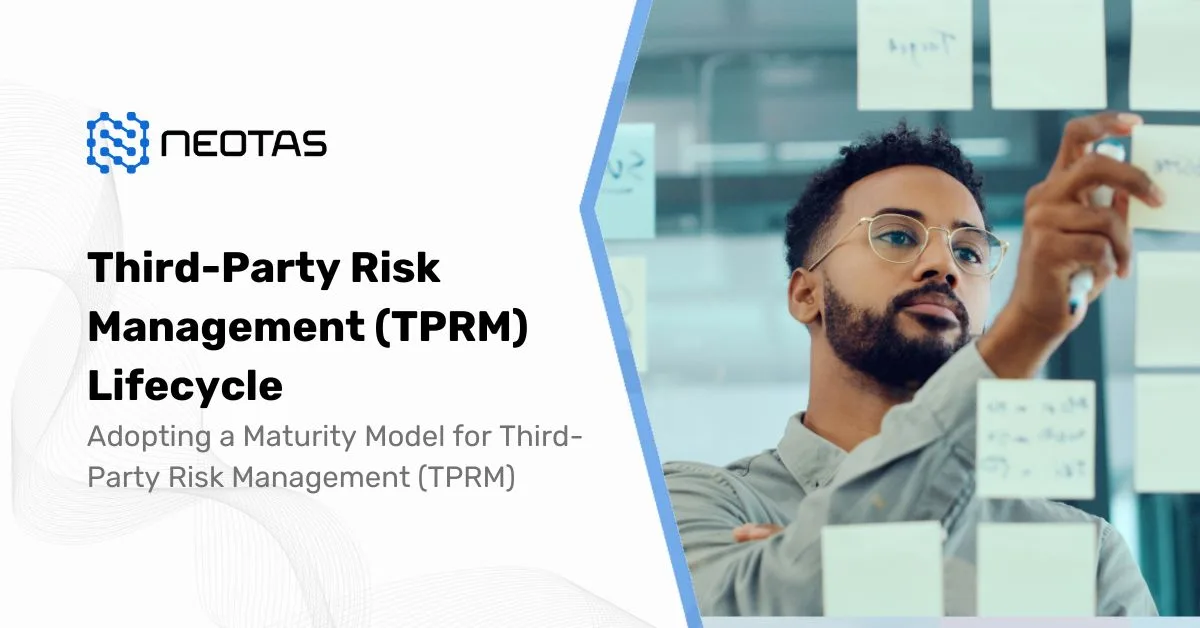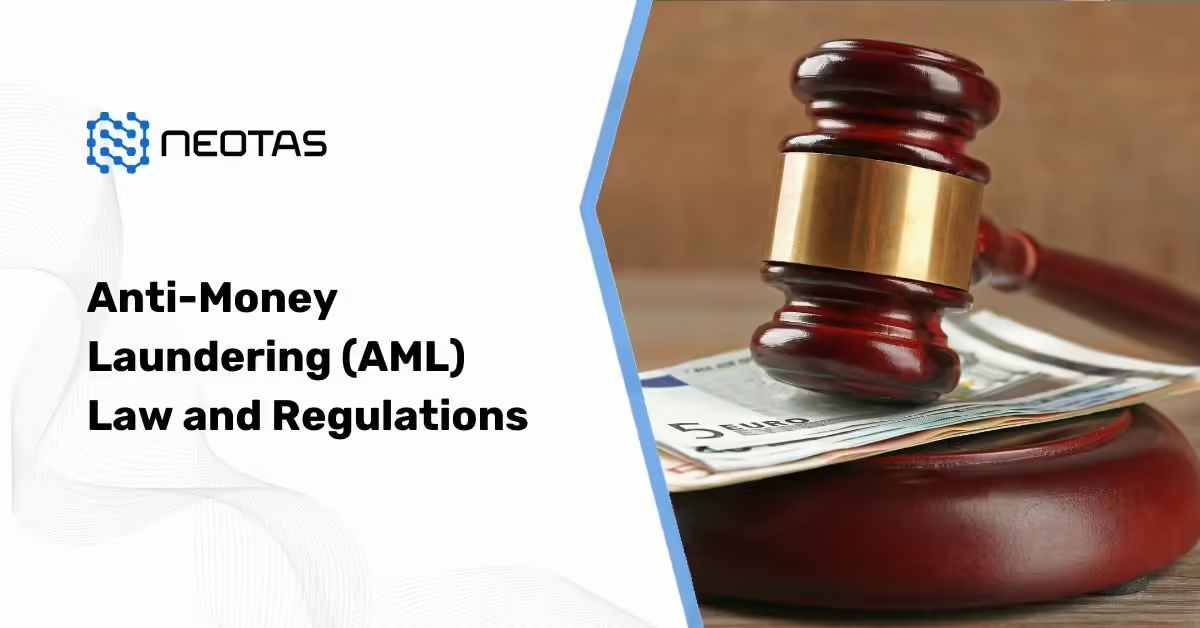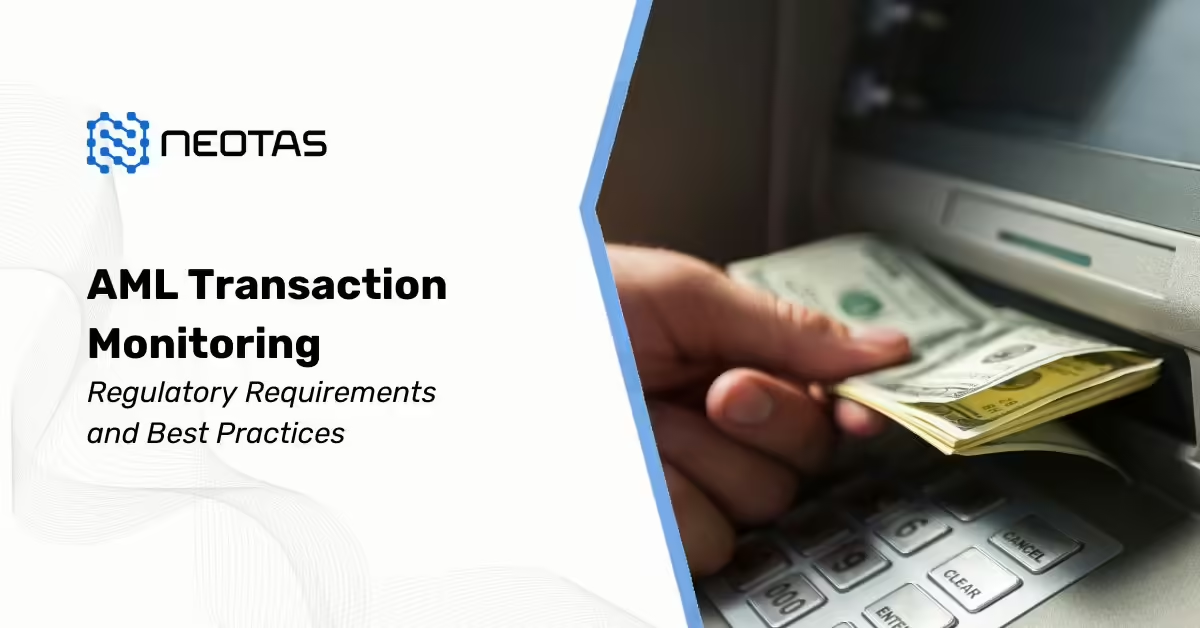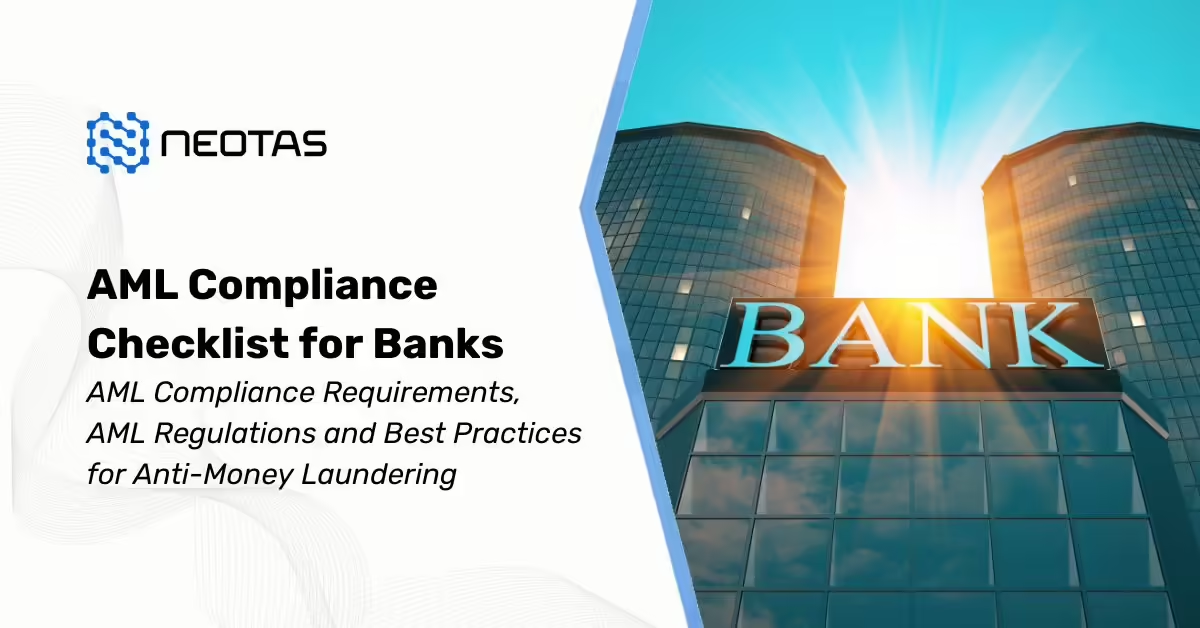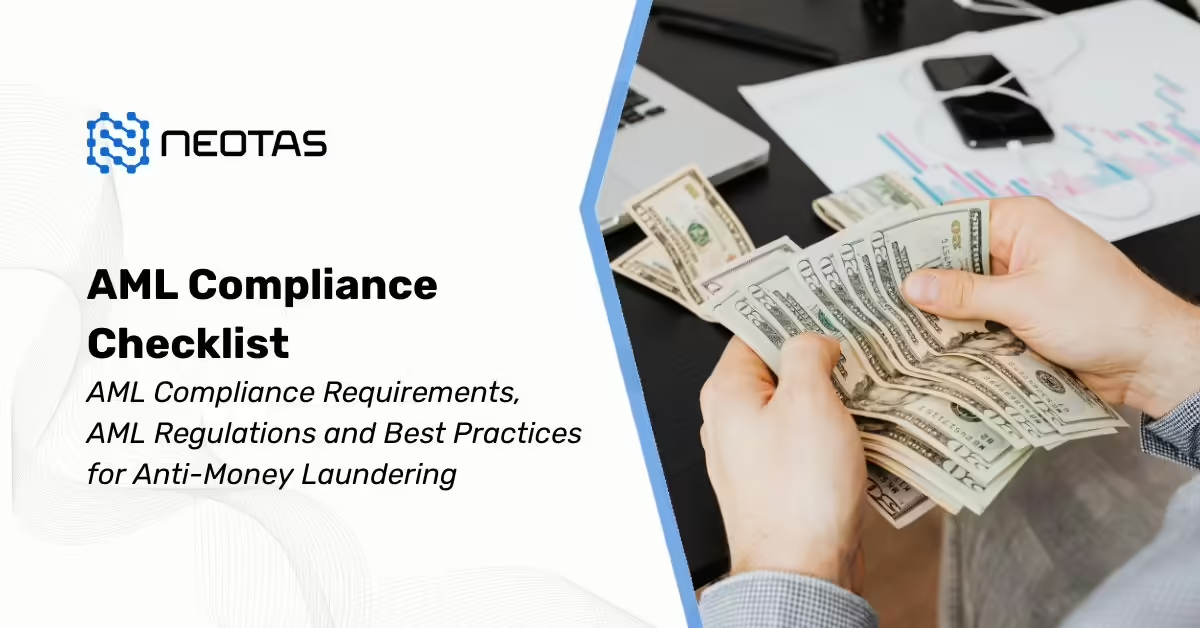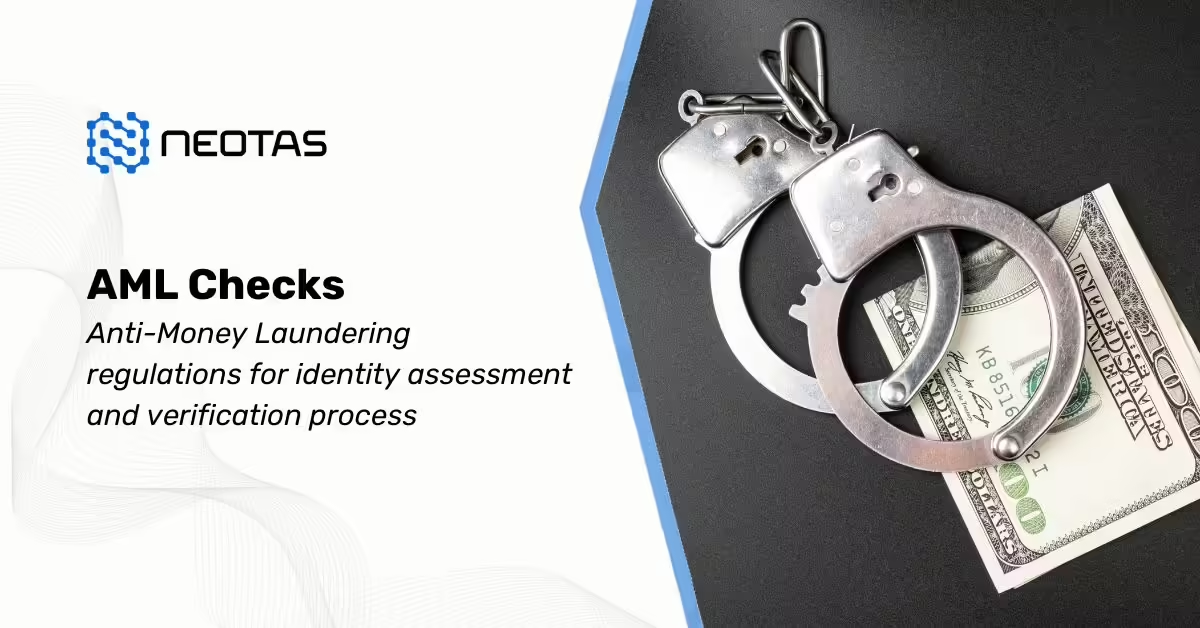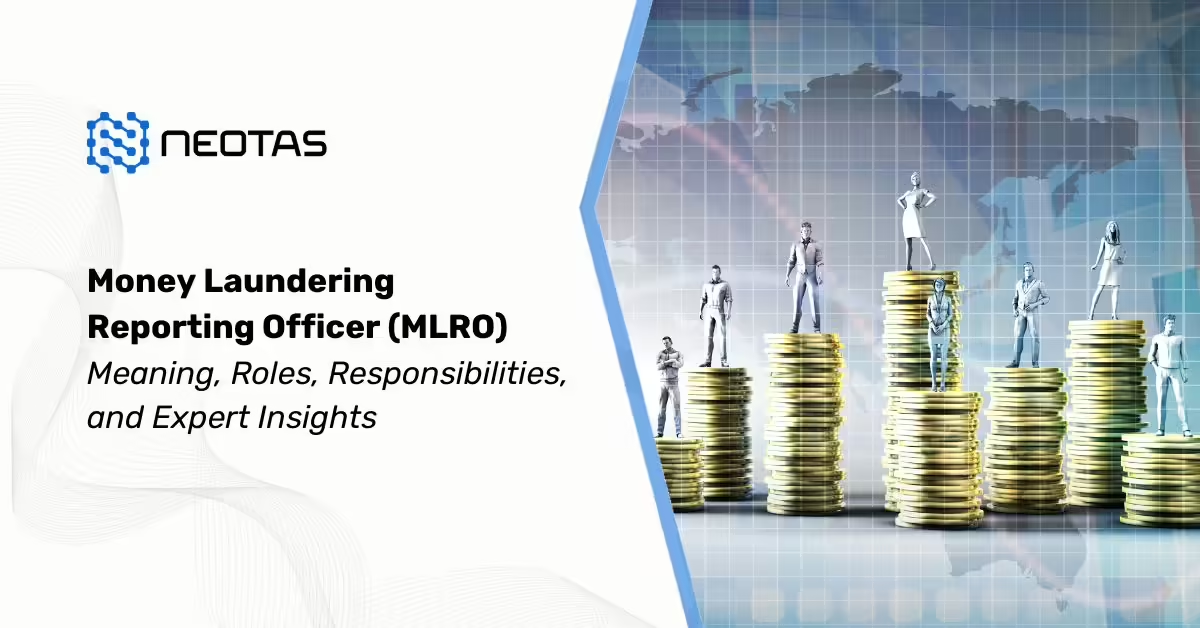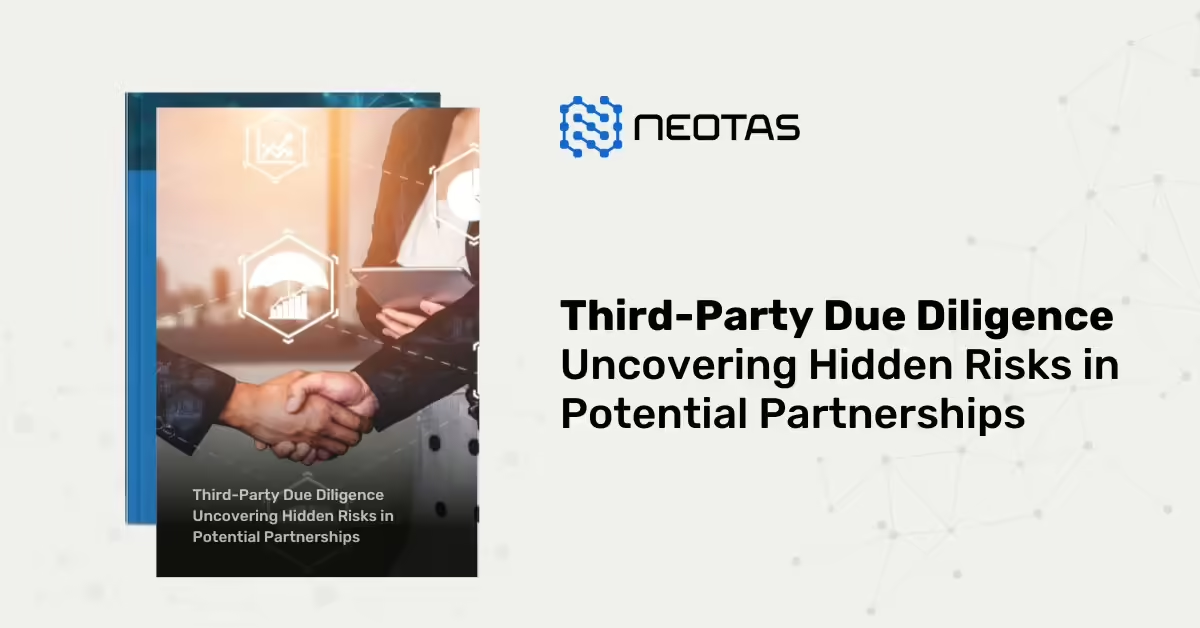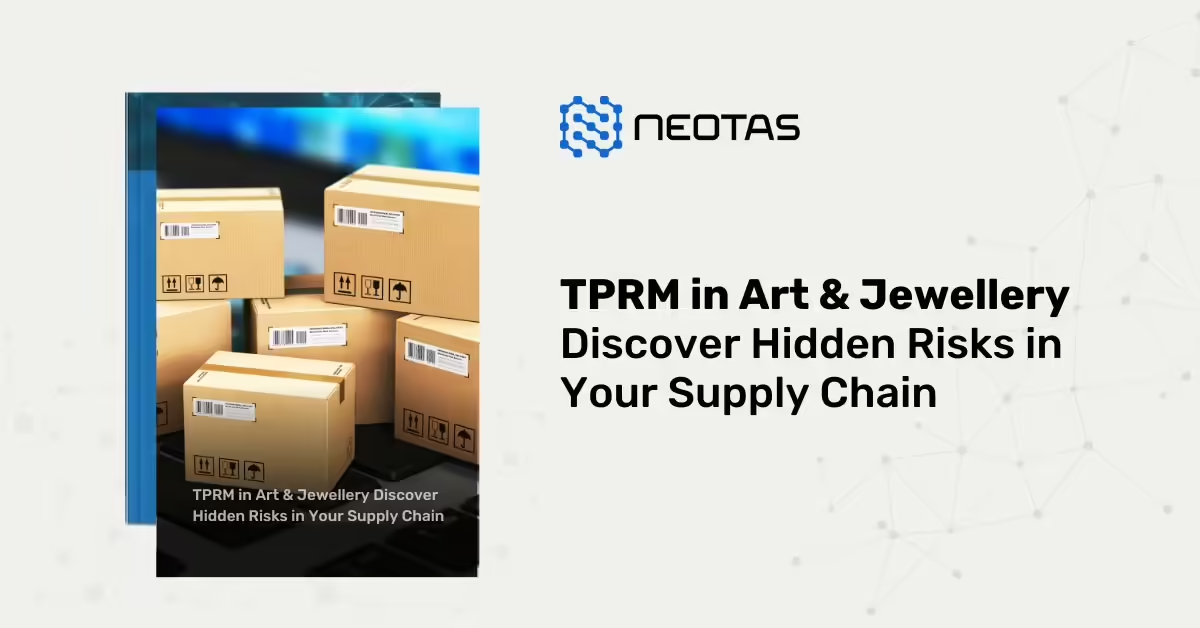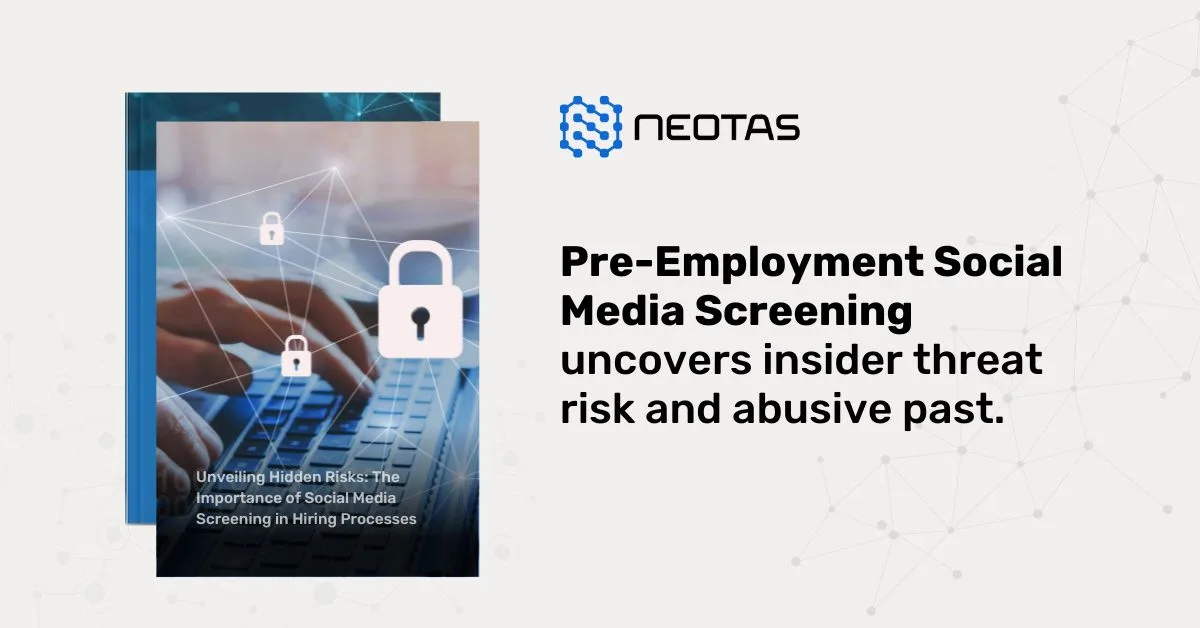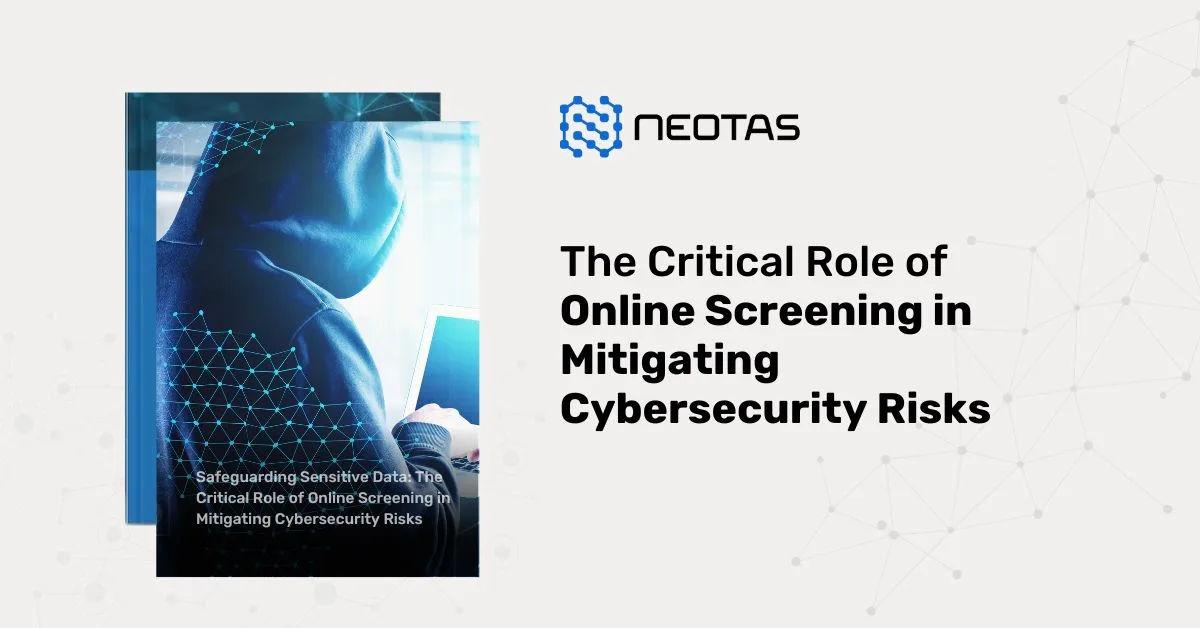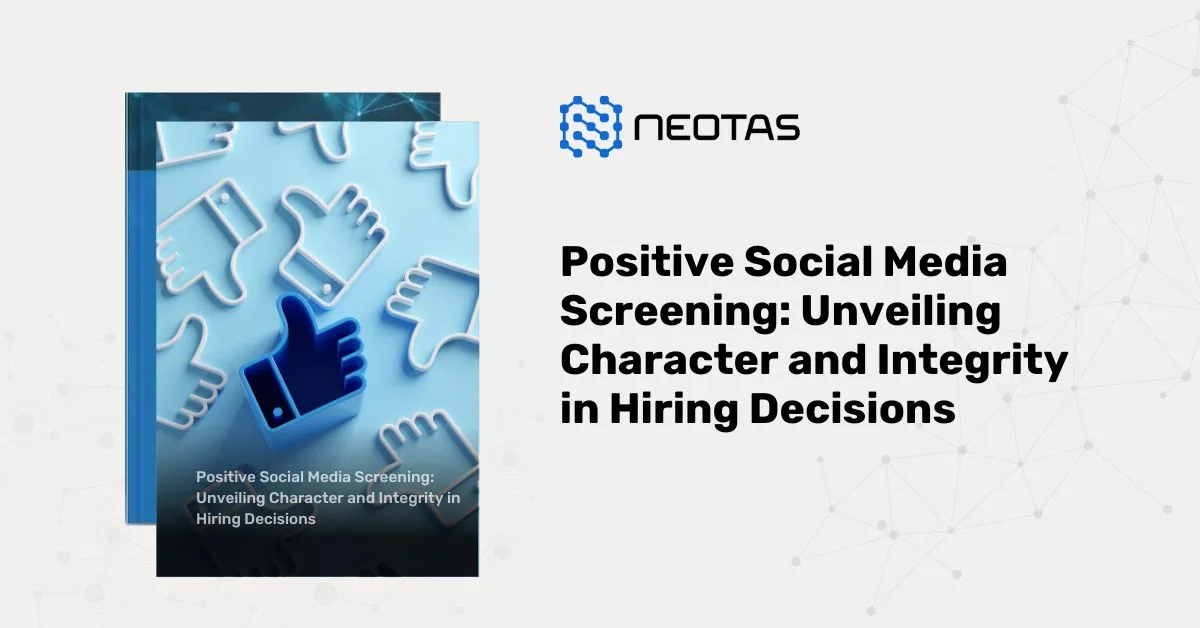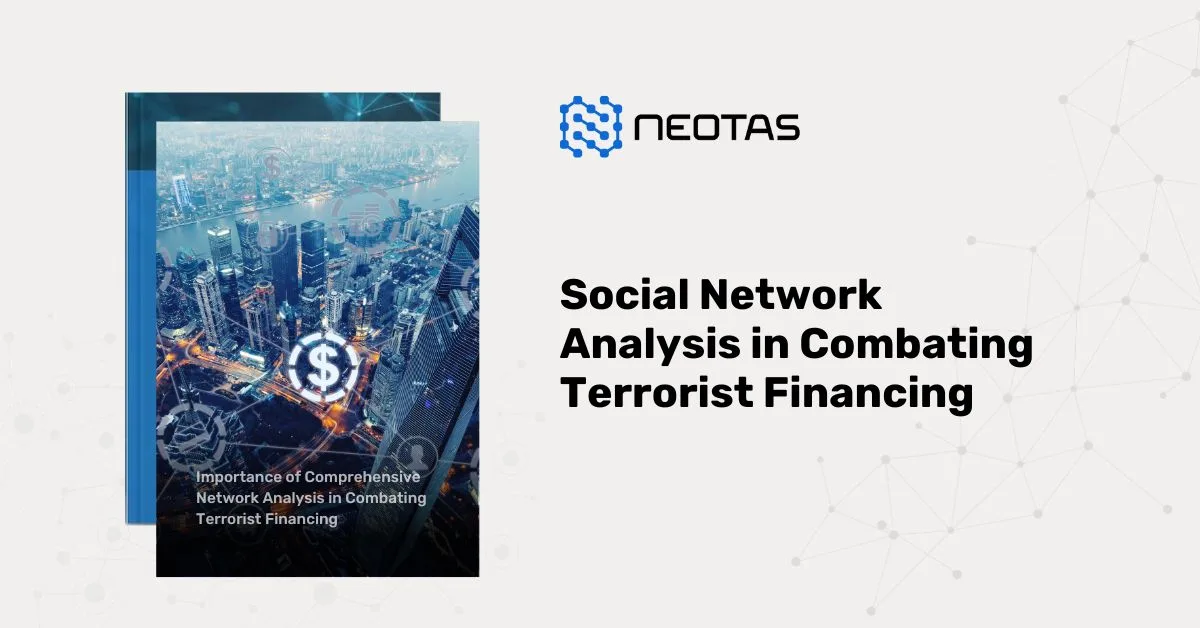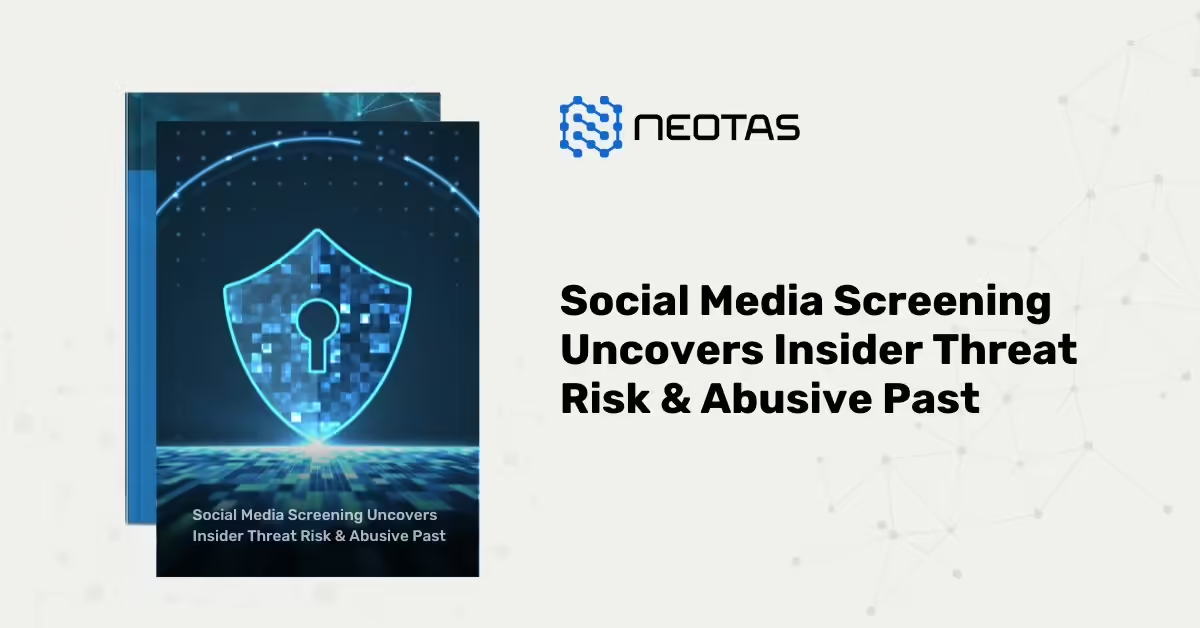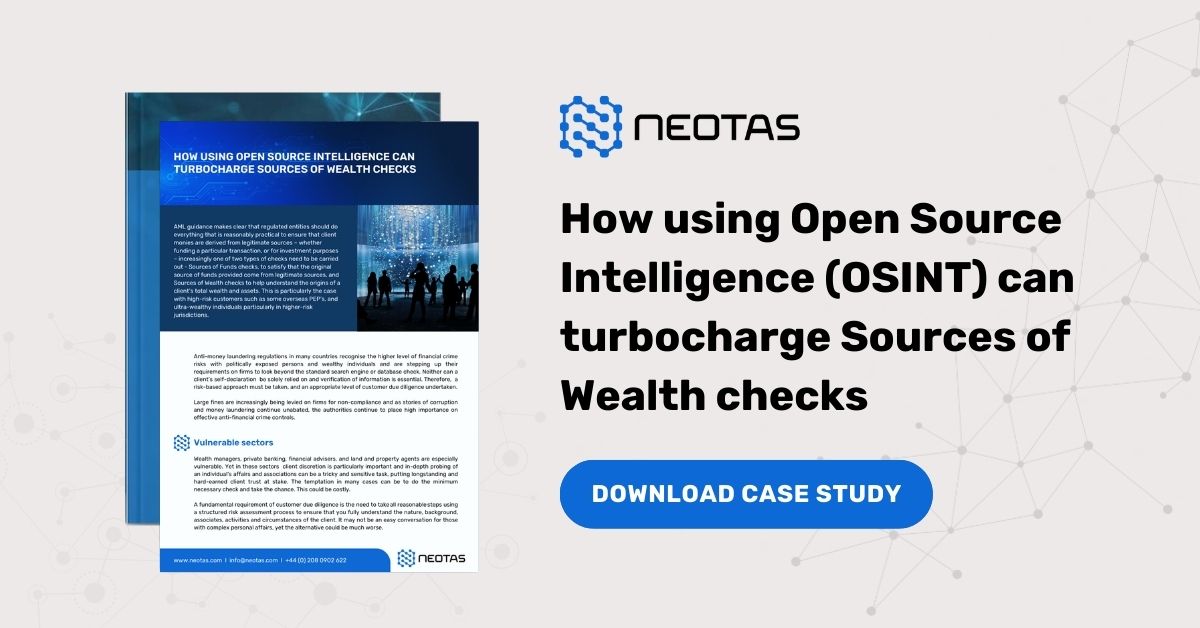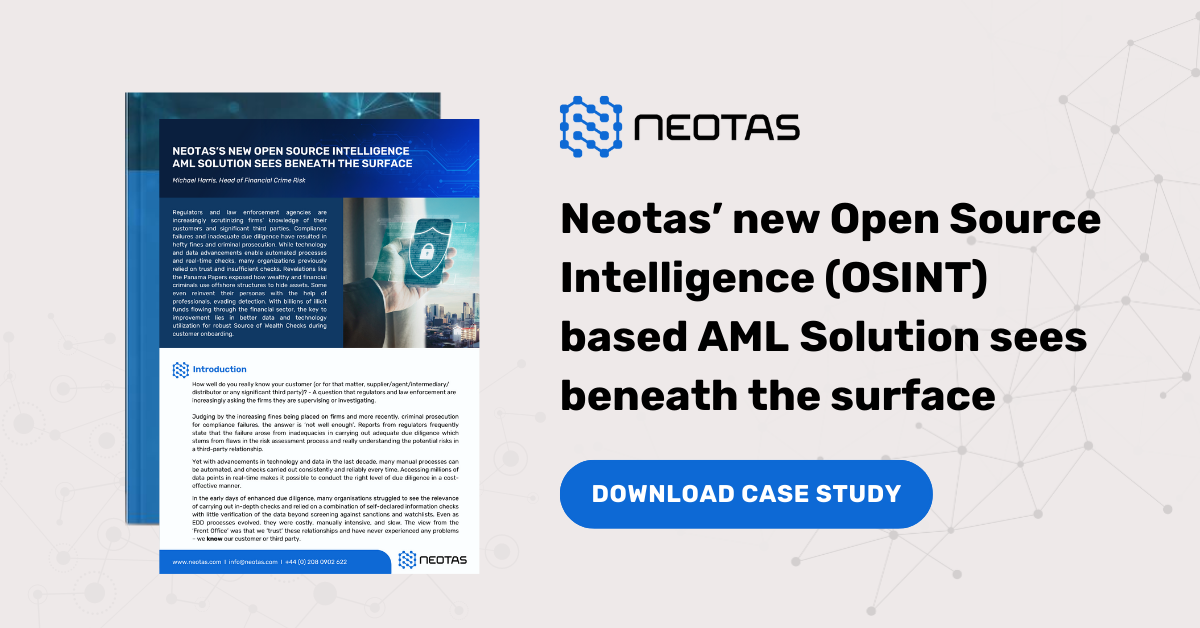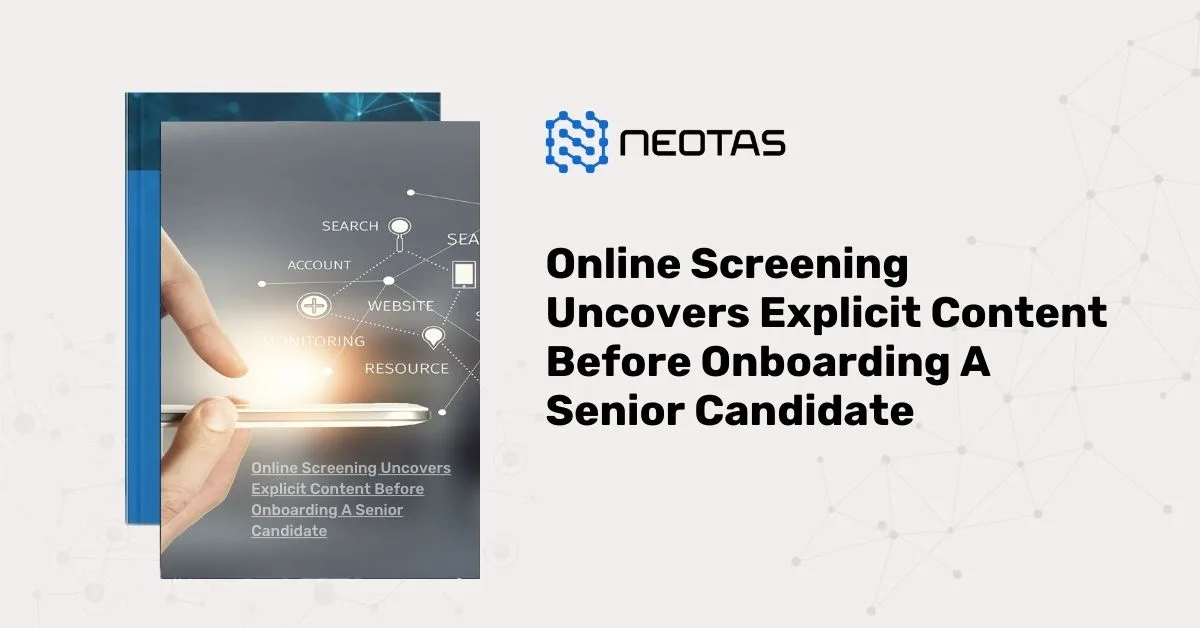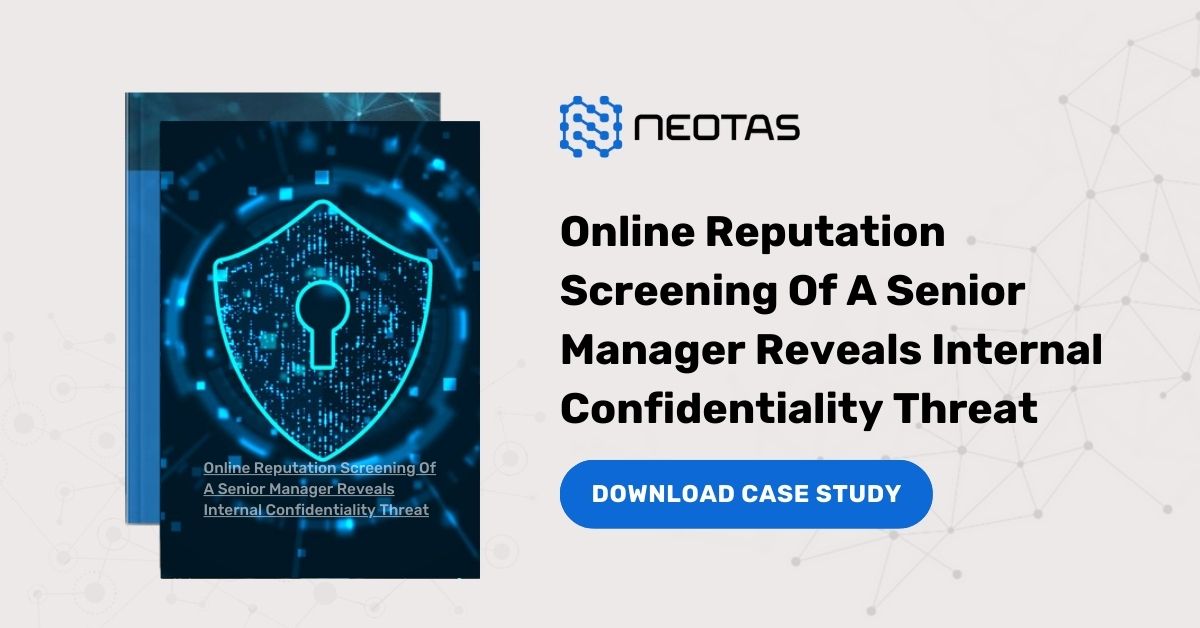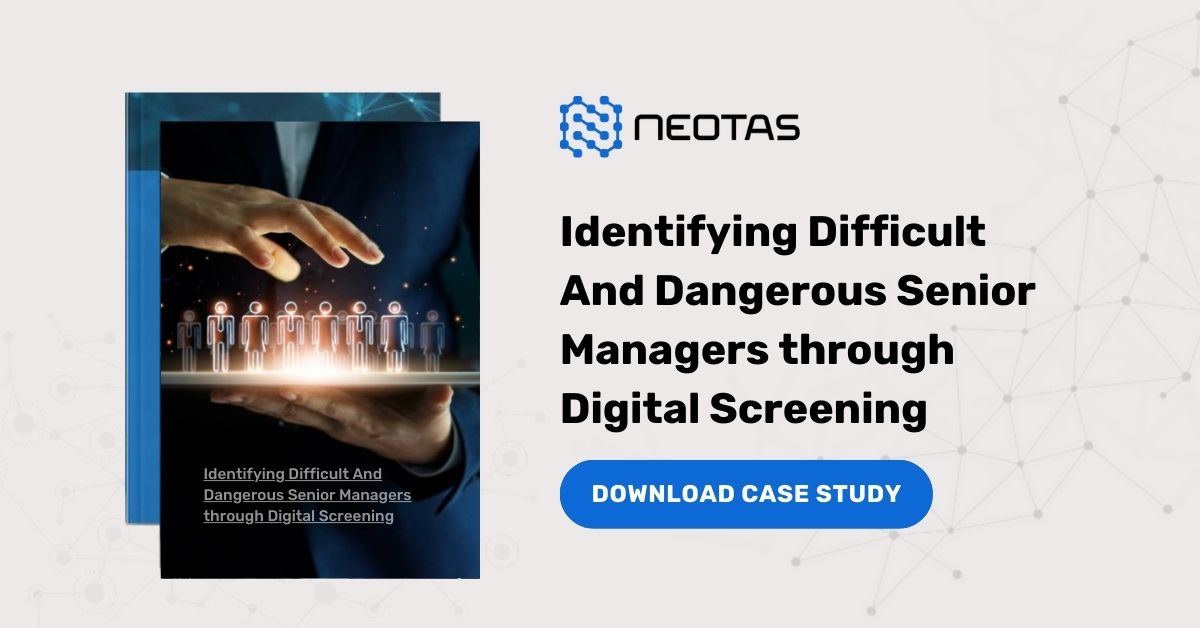AML Risk Assessment
AML Risk Assessment is a critical process undertaken by financial institutions and other regulated entities to identify, evaluate, and mitigate the risks associated with money laundering and terrorist financing. This systematic approach enables organisations to protect themselves from financial crime, comply with regulatory requirements, and safeguard their reputation.
Importance of AML Risk Assessment
Conducting an effective AML risk assessment is paramount for several reasons:
- Regulatory Compliance: Regulators require institutions to implement risk-based approaches to combat money laundering. Failing to conduct proper risk assessments can result in severe penalties, including fines and reputational damage.
- Resource Allocation: Understanding the specific risks an organisation faces allows for the effective allocation of resources. Institutions can focus their efforts on high-risk areas, ensuring a more efficient use of time and financial resources.
- Fraud Prevention: An AML risk assessment helps in identifying vulnerabilities within the organisation, enabling the implementation of controls to prevent potential fraud and other financial crimes.
- Enhanced Customer Due Diligence (CDD): A thorough risk assessment informs the level of customer due diligence required for different clients, ensuring appropriate measures are taken based on their risk profiles.
Steps in Conducting an AML Risk Assessment
- Identify and Categorise Risks:
- Customer Risks: Assess the risk associated with various customer segments, including their geographic location, business type, and transaction behaviours.
- Product/Service Risks: Evaluate the risk levels of different products or services offered, such as wire transfers, cash-intensive businesses, or foreign exchange services.
- Geographic Risks: Consider the risks related to specific jurisdictions, especially those known for higher incidences of money laundering and terrorist financing.
- Evaluate the Likelihood and Impact of Risks:
- Assess how likely it is for each identified risk to materialise and the potential impact on the organisation if it does occur. This can be done using a scoring system to quantify the risks.
- Implement Risk Mitigation Strategies:
- Based on the risk assessment results, develop and implement strategies to mitigate identified risks. This may involve enhancing CDD procedures, increasing transaction monitoring, or providing additional training to staff.
- Regular Review and Update:
- AML risk assessments should not be static. Regular reviews are essential to adapt to new risks, changes in regulations, or shifts in business operations. An annual review, or more frequent if necessary, ensures that the risk assessment remains relevant and effective.
Challenges in AML Risk Assessment
- Dynamic Regulatory Landscape: The evolving nature of AML regulations requires organisations to stay informed and adapt their risk assessments accordingly.
- Data Management: Collecting and analysing vast amounts of customer and transaction data can be overwhelming, yet it is crucial for an effective risk assessment.
- Employee Training: Ensuring that all staff understand their roles in the AML risk assessment process is vital. Continuous training can help mitigate risks associated with human error.
An effective AML risk assessment is fundamental for financial institutions to identify vulnerabilities, enhance compliance, and protect against money laundering and terrorist financing. By systematically evaluating risks associated with customers, products, and geographic locations, organisations can develop targeted strategies to mitigate those risks. Ultimately, a robust AML risk assessment not only ensures regulatory compliance but also promotes a secure financial environment.
About Neotas Due Diligence
Neotas Platform covers 600Bn+ archived web pages, 1.8Bn+ court records, 198M+ corporate records, global social media platforms, and 40,000+ Media sources from over 100 countries to help you build a comprehensive picture of the team. It’s a world-first, searching beyond Google. Neotas’ diligence uncovers illicit activities, reducing financial and reputational risk.
WHAT WE OFFER
- Complete, Automated AML Solutions – Tailored to meet regulatory requirements for detecting and preventing money laundering activities.
- Seamless, Easy-to-Use Platform – Featuring interactive dashboards and management tools for efficient oversight.
- Single Workflow Platform – Consolidating all AML operations into a unified, easy-to-navigate system.
- OSINT-Driven Intelligence – Incorporating unstructured and structured data from open sources to uncover hidden risks.
- Dynamic Monitoring & Alerts – Real-time monitoring of individuals, entities, and transactions, with risk-based alert frequencies.
- Enhanced Due Diligence – Comprehensive checks on high-risk entities, including AML Regulated organisations, vendors, and customers.
- Seamless Integration – Easily integrates with existing AML, KYC, and compliance systems.
- Managed Service Option – Access to expert-driven, report-based AML assessments.
- Comprehensive Value Chain Monitoring – Covering all relevant actors, from customers to intermediaries and vendors.
Our automated AML monitoring continually tracks high-risk individuals and entities, providing immediate alerts on any significant changes or suspicious activities.
Neotas is a leading SaaS platform widely deployed by organisations for investigating suspected financial crime.
 AML Case Studies:
AML Case Studies:
- Case Study: OSINT for EDD & AML Compliance
- Overcoming EDD Challenges on High Risk Customers
- Neotas Open Source Intelligence (OSINT) based AML Solution sees beneath the surface
- ESG Risks Uncovered In Investigation For Global Private Equity Firm
- Management Due Diligence Reveals Abusive CEO
- Ongoing Monitoring Protects Credit Against Subsidiary Threat
- AML Compliance and Fraud Detection – How to Spot a Money Launderer and Prevent It
 AML Solutions:
AML Solutions:
- Risk-Based Approach (RBA) to AML & KYC risk management
- Anti-Money Laundering (AML) Compliance
- Anti-Money Laundering (AML) Checks
- Anti-Money Laundering (AML) Regulations
- Anti-Money Laundering (AML) Compliance Checklist
- Anti-Money Laundering (AML) Compliance Checklist for Banks
- Anti-Money Laundering (AML) Transaction Monitoring
- Money Laundering Reporting Officer (MLRO) – Roles and Responsibilities of an MLRO
- What is Customer Due Diligence in Banking and Financial Services?
Manage Financial Compliance and Business Risk with Neotas AML Solutions.
Neotas is an Enhanced Due Diligence Platform that leverages AI to join the dots between Corporate Records, Adverse Media and Open Source Intelligence (OSINT).
Schedule a Call or Book a Demo of Neotas Anti-money laundering (AML) Solutions.

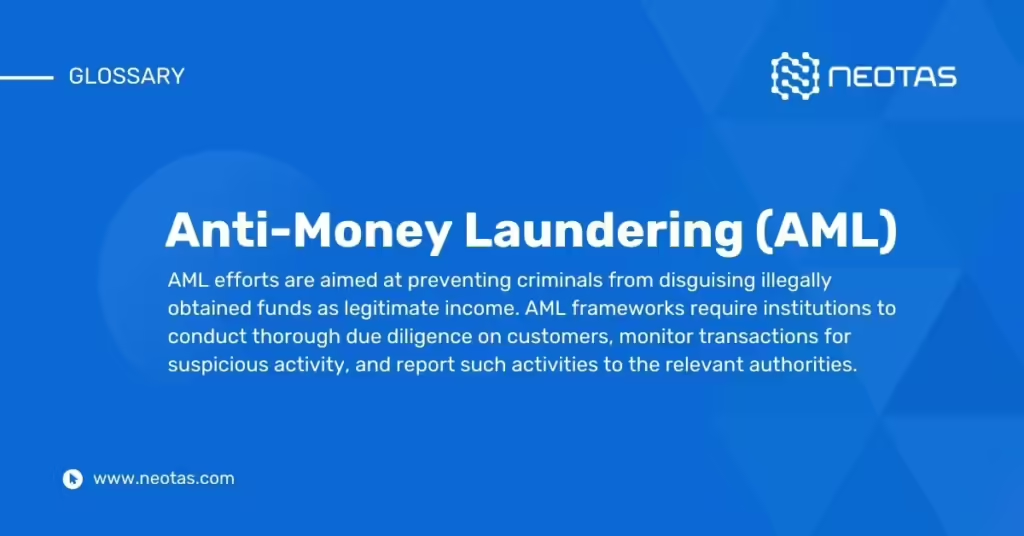

 Financial Crime Compliance Trends 2024
Financial Crime Compliance Trends 2024